Fix: System32 Folder Keeps Popping up at Startup
The System32 Folder exists inside the “Windows” folder and it consists of vital information and configurations that are elemental to the operating system. The folder contains important “.dll” files and “.exe” files. Many errors seen on computers have the word “System32” in them but that does not mean that the System32 folder is triggering them, these errors arise if important files are missing or corrupted.

Recently a lot of users have been reporting that whenever the computer is started, the System32 folder automatically opens up in the File Explorer. In this article, we will inform you about the reason due to which this problem can arise and also provide you with viable solutions to fix this issue.
What Causes the System32 Folder Pop up at Startup?
According to our investigations, the main cause of the problem is:
- Service or Application Interference: There is a great chance that a third party application installed on your computer or a Windows service is causing this issue. Sometimes a service or an application can interfere with important system functions going on in the background and trigger the System32 folder to be opened during the startup.
Now that you know the reason due to which the problem is triggered, we will move on towards the solutions. Make sure to implement these in the specific order in which they are provided to avoid any conflicts.
Solution 1: Identifying and Deleting Faulty Applications
In this step, we will be isolating the issue to a single application or service. For that, we will need to perform a clean boot. In order to do a clean boot:
- Press the “Windows” + “R” keys simultaneously to open up the “Run Prompt”.
- Type in “msconfig” and press “Enter“.
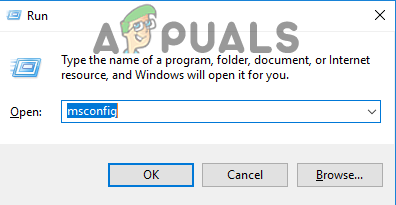
Pressing the “Windows” + “R” Key simultaneously - Click on the “Services” tab and uncheck the “Hide all Microsoft Services” option.
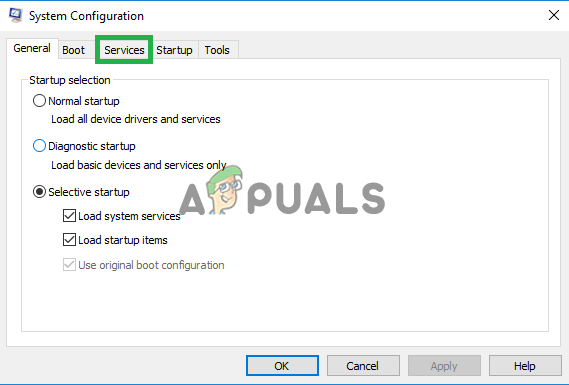
Clicking on the “Services” Tab - Click on the “Disable All” option and then click on the “Startup” tab.

Clicking on the “Disable All” button - Click on the “Open Task Manager” option and click on an application listed there.
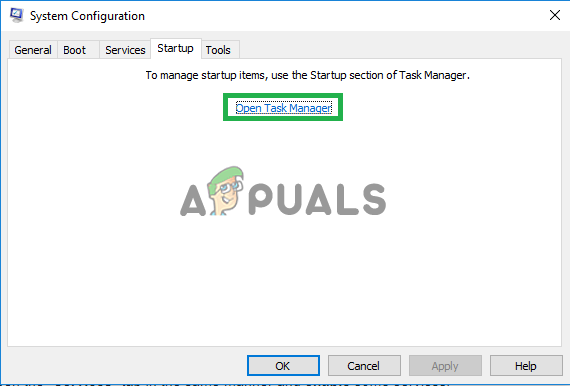
Clicking on the “Open Task Manager” option - Click on the “Disable” button to disable it from starting automatically at startup.
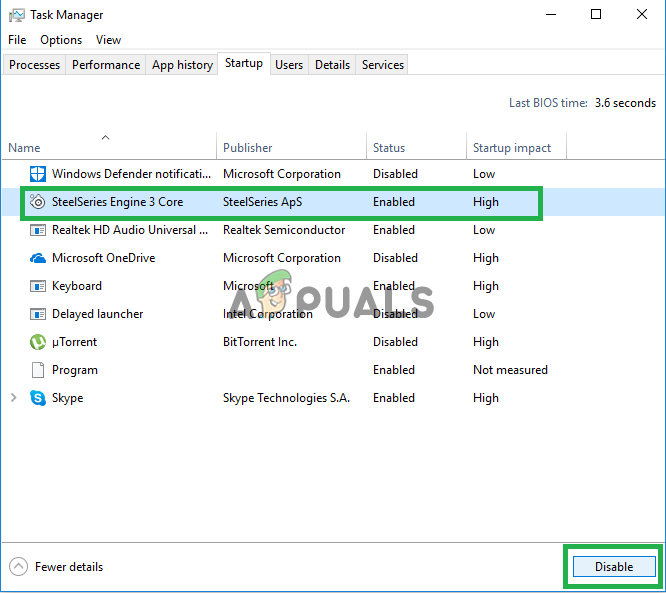
Selecting the application and clicking on “Disable” - Repeat this process and disable all applications on the list.
- Restart your computer and check to see if the problem goes away.
- If the problem does go away open the “Services” tab in the same manner and enable some services.
- If the problem comes back after allowing a certain service make sure to keep it disabled.
- Also, if the System32 folder doesn’t open automatically after allowing all the services that means a startup application might have been causing the issue.
- Start to enable applications in the same manner and identify the application that is causing the issue.
- You can try to install that application again or keep it disabled.
Solution 2: Restoring Computer
If the above-mentioned solution didn’t work for you then as a last resort you can restore your computer’s configurations and settings to a previous date on which the error was not observed. In order to do that:
- Press the “Windows” and “S” key on your keyboard simultaneously.
- Type “Restore” in the dialogue box and click on the “Create a Restore Point” option.

Typing “Restore” inside the search bar - Click on the “System Protection” tab and select the “System Restore” option.
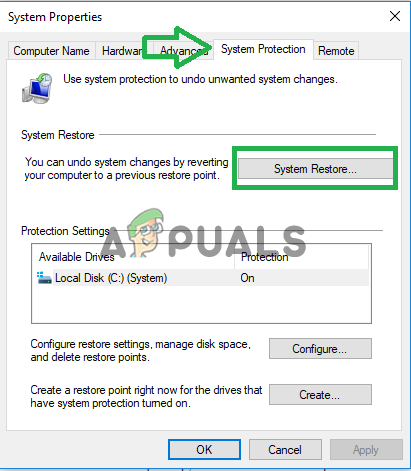
Clicking on the System Protection tab and selecting “System Restore” - A “System Restore” wizard will open up, click on the “Next” option and a list of restore points will be listed along with the dates on which they were created.
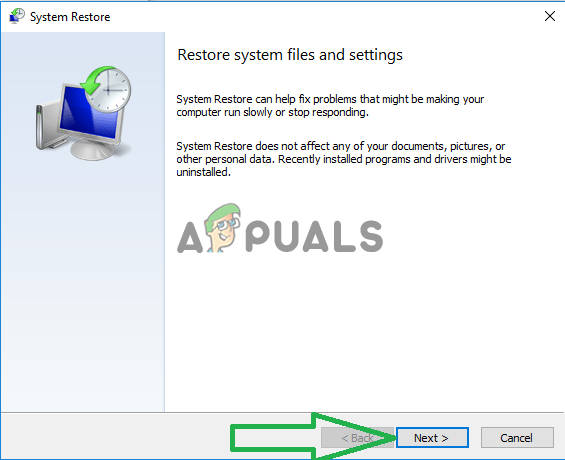
Clicking on the “Next” option - Click on a “Restore Point” from the list to select it and click on “Next“.
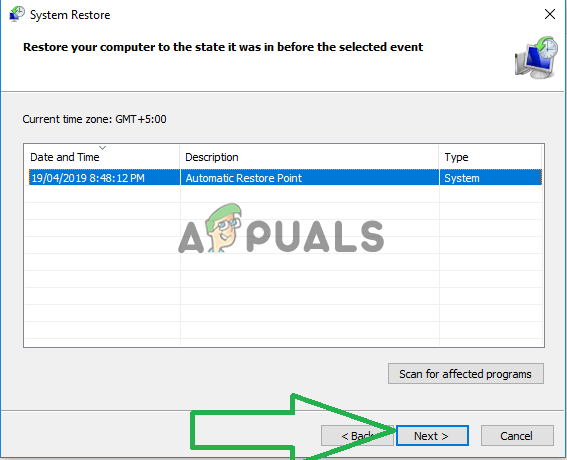
Selecting a restore point and clicking on the “Next” option - Click on “Yes” when you are asked to confirm your actions.
- Windows will now automatically restore your files and settings to a previous date, check to see if the issue persists.




